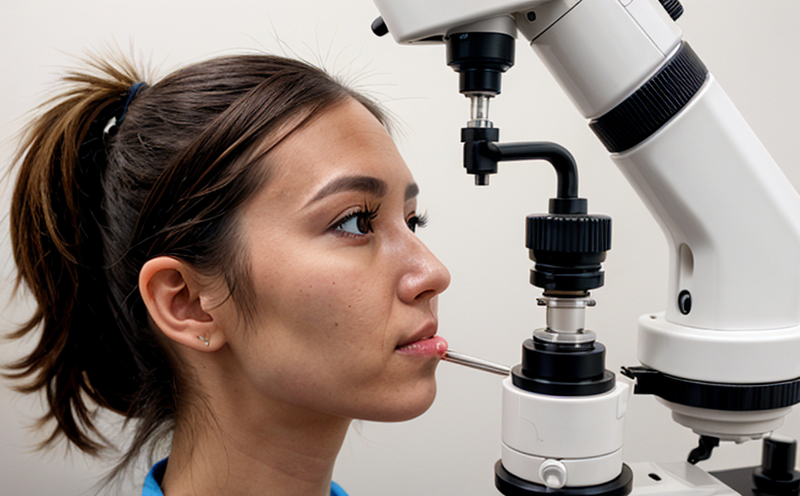ISO 15004-2 Ophthalmic Instruments Light Hazard Testing
The ISO 15004 series of standards provides comprehensive guidance on the performance evaluation and safety assessment of medical devices, particularly those used in ophthalmology. The second part, specifically ISO 15004-2:2019, focuses on light hazards associated with ophthalmic instruments. This service is designed to ensure that these instruments comply with international standards for safety, especially concerning the risk posed by potentially harmful light emissions.
Light hazard testing is crucial in the design and development of ophthalmic devices as it helps identify potential risks related to exposure to light sources. These risks can vary widely depending on the nature of the instrument, its intended use, and the environment in which it will be used. For instance, some instruments may emit high-intensity laser beams or other forms of intense light that could cause injury to the eye if not properly controlled.
The testing process involves several key steps aimed at ensuring compliance with ISO 15004-2 requirements. Specimens are prepared according to standard procedures, which might include simulating typical usage conditions under controlled laboratory settings. The apparatus used includes specialized equipment capable of measuring various parameters such as irradiance levels, spatial distribution patterns, and temporal characteristics.
Once the specimens have been tested, detailed reports are generated summarizing all findings related to light hazard assessments. These reports serve multiple purposes including providing evidence for regulatory submissions and informing design changes aimed at reducing any identified risks. Compliance with ISO 15004-2 ensures that manufacturers adhere not only to international standards but also meet the expectations of healthcare providers who rely on these instruments.
The importance of this testing cannot be overstated given its direct impact on patient safety and overall quality assurance within the medical device industry. By adhering strictly to ISO 15004-2, organizations demonstrate their commitment to producing safe and effective products that contribute positively towards improving healthcare outcomes globally.
- Ensures compliance with international standards for light hazard assessment.
- Identifies potential risks early in the product development cycle.
- Supports regulatory submissions by providing robust data on performance and safety.
- Promotes continuous improvement through risk-based approaches to design changes.
Scope and Methodology
The scope of ISO 15004-2 covers the evaluation of light hazards from ophthalmic instruments during normal operation. This includes both direct exposure to the instrument’s light source as well as indirect exposure through reflection or refraction within the operating environment.
Methodologically, this involves several stages starting with initial risk assessment where potential sources of injury are identified based on intended use and expected user behavior. Following this, detailed testing is conducted using appropriate apparatus to measure relevant parameters under defined conditions. Data collected from these tests forms the basis for evaluating compliance against specified limits outlined in ISO 15004-2.
It's important to note that while specific methodologies may vary slightly between different types of ophthalmic devices, they all follow a structured approach aimed at ensuring thorough evaluation. This includes not only direct measurements but also considerations for ambient lighting conditions and how they might affect overall performance.
Benefits
- Enhanced safety for patients by minimizing the risk of eye injuries from improper light exposure.
- Improved product quality and reliability through rigorous evaluation processes.
- Potential cost savings associated with preventing post-market recalls or adverse events.
- Better alignment with global regulatory expectations, facilitating smoother market access.
Industry Applications
This service finds application in various sectors within the medical device industry where there is a need for precise and safe handling of light sources. Key areas include:
- Ophthalmic surgery equipment.
- Retinal imaging systems.
- Laser-based diagnostic tools.
- LED lighting solutions designed for use in ophthalmological procedures.





